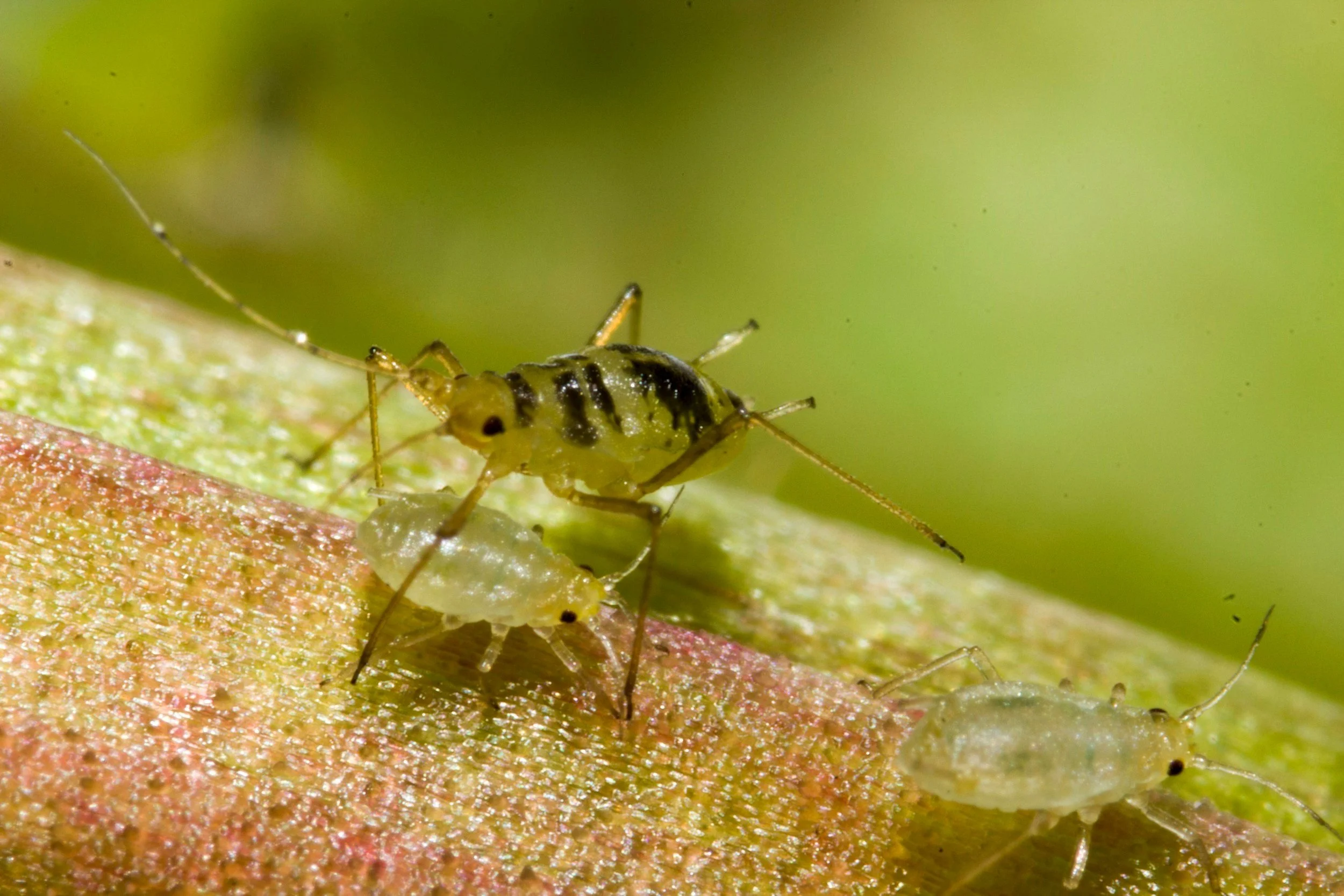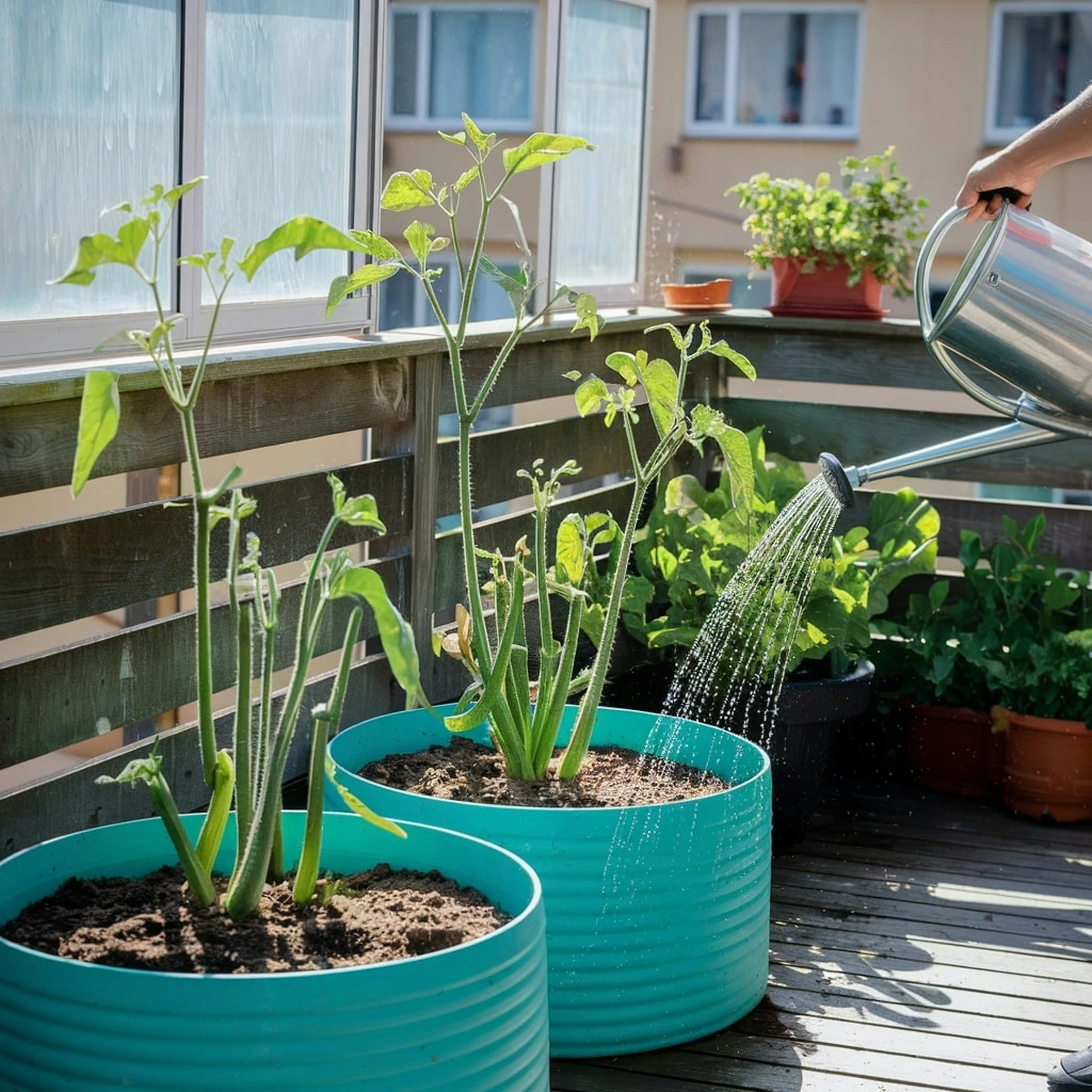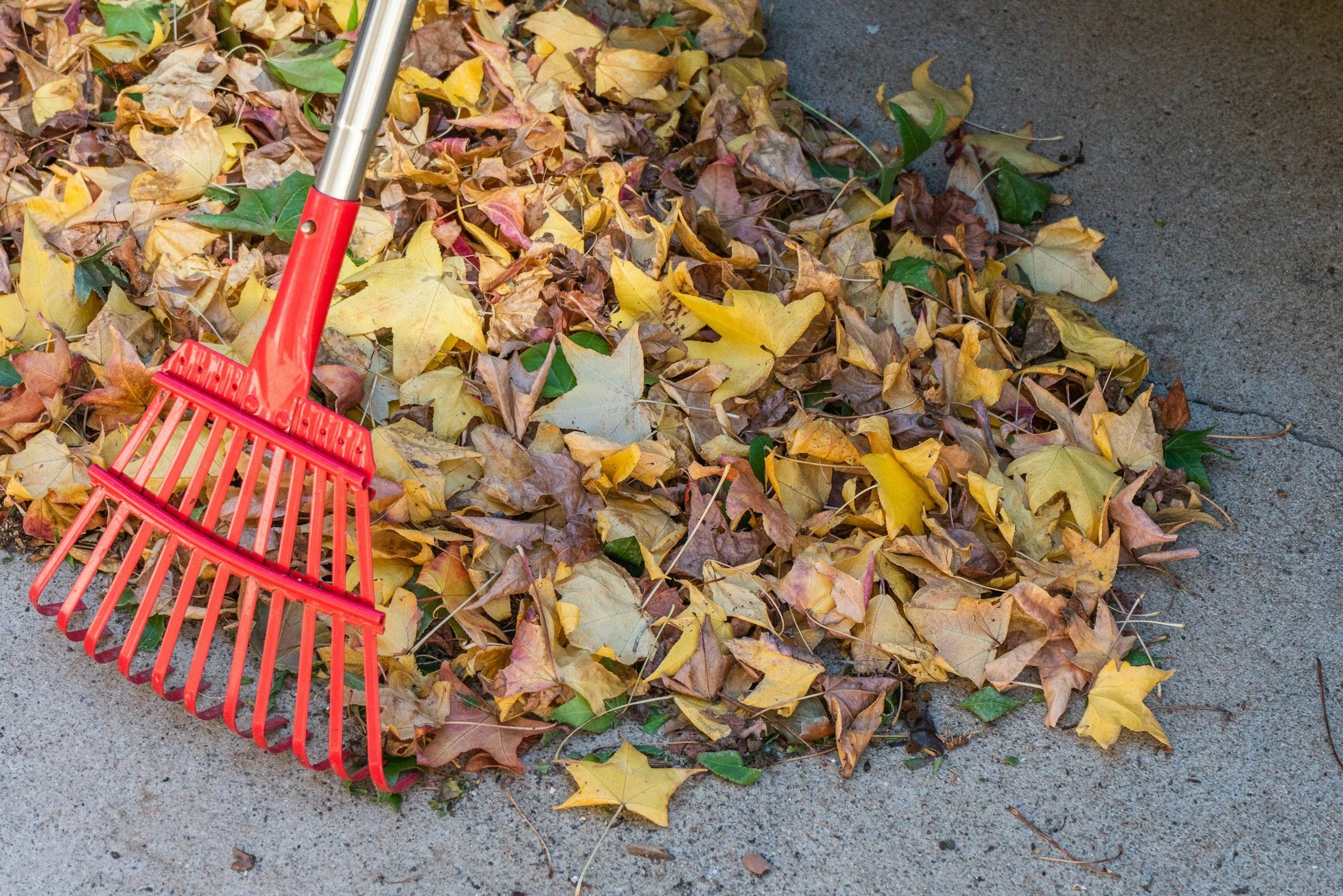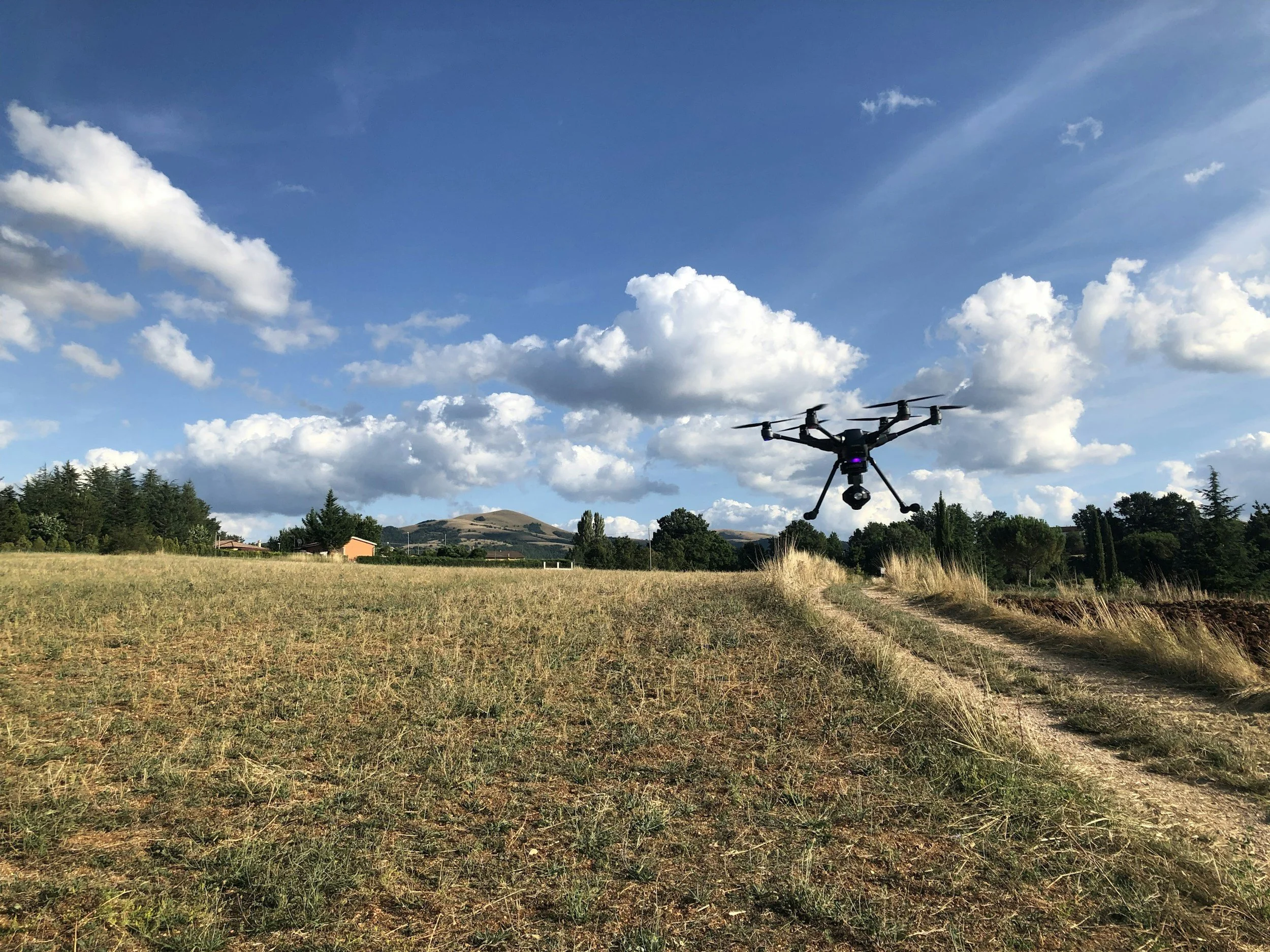Natural Insect Repellents for Tomato Plants
/Tomatoes are one of the most popular crops for gardeners to grow in the warm season. With over 10,000 varieties available globally, tomatoes offer a wealth of taste profiles and growing options. Although many 16th and 17th century Europeans believed tomatoes to be poisonous, we now know that they are nutritional powerhouses, rich in fiber, antioxidants, vitamin C, lycopene, and beta-carotene.
While growing tomatoes is fairly easy, even for beginner gardeners, these plants are heavy feeders and need regular, consistent watering to avoid developing problems like blossom end rot. Tomato plants are also attractive to a variety of insect pests, including aphids, whiteflies, and tomato hornworms, which may frustrate new and experienced gardeners alike.
It may be tempting to reach for a bottle of synthetic pesticide to keep these pests off your tomato plants, but it’s important to avoid using these substances, especially in home gardens and small plots. Although many large commercial farms still struggle to find a balance between managing pest populations using eco-friendly methods and losing their cash crops, the home gardener or homesteader can more easily manage pest populations with natural repellants, using a mix of organic and cultural controls and sound planting and soil management practices.
In this article, we’ll cover some of the best natural repellents that can keep your tomato plants healthy and thriving and help you avoid using synthetic pesticides, which – the science overwhelmingly concurs -- has had a devastating effect on native pollinator populations over the years. We’ll take a look at some of the most common pests that attack tomato plants and how preventative strategies can save you time, effort and a lot of headaches when it comes to managing pest populations.
Most Common Pests of Tomato Plants
Tomatoes tend to be magnets for garden pests, which can quickly compromise plant health and reduce your harvest if not kept in check. The most common pests that attack your tomato plants are all, fortunately, easy to deal with if you catch them before they turn into an infestation.
Aphids
Among the most common offenders are aphids, small, pear-shaped, soft-bodied insects that are around 1/16 to 1/8 inch long. Found in a variety of colors, including green, black, brown, white, pink, they congregate on tender new growth and hide on the undersides of leaves. They feed on the leaves and stems of plants, sucking out the plant sap, which can cause leaves to curl, yellow, or become distorted, stunt your plant’s growth, reduce yields, and eventually, kill the plant altogether.
Aside from the damage they cause by sucking plant sap, aphids are notorious for transmitting plant diseases such as sooty mold. Worst of all, aphids are born pregnant, meaning that they reproduce very quickly. As if that weren’t bad enough, ants often work in concert with aphids, placing them on your plants and extracting the “honeydew” that aphids produce as they feed, so dealing with an aphid problem often means dealing with an ant problem simultaneously!
Whiteflies
Whiteflies are another persistent problem. Despite their name, they’re not true flies, but are related to aphids, mealybugs and scale. These tiny, moth-like insects reproduce quickly in warm weather and in conditions where their natural predators are not numerous enough to keep whitefly populations in check. They are not picky about food and have a wide range of host plants, moving from one host plant to another throughout the year in warmer regions.
One thing that makes whiteflies relatively easy to identify is that they scatter into the air when disturbed. However, their real damage happens as they feed on the undersides of leaves, where they develop large colonies, weakening plants and leaving behind sticky honeydew that can lead to sooty mold, just like aphids do.
Tomato Hornworms
Perhaps the most dramatic pest is the tomato hornworm, which are the larvae of large, mottled gray-brown moths that have yellow spots on the sides of their abdomen. The caterpillars overwinter in the soil as pupae and emerge as moths in the spring, laying small, oval, light green eggs after mating. Tomato hornworms are green, sometimes with white, V-shaped markings on either side of their bodies, and a long, curved black projection called a “horn” at their back end. These large green caterpillars can get up to 4 inches long within 3-4 weeks after birth.
Despite their size, they are nearly invisible among the foliage until you spot stripped stems and chewed leaves, and they can defoliate a tomato plant seemingly overnight. There are 2 generations you may see in your garden, one born around mid-spring and the other in mid-summer, which will fee on your plants until the cooler temperatures of fall.
Spider Mites
Spider mites, though much smaller, are equally troublesome. Related to spiders and ticks (they are actually 8-legged arachnids and not 6-legged insects), they thrive in hot, dry weather and cool weather alike, causing stippling and bronzing on leaves. When plants become heavily infested with spider mites their leaves become discolored (with yellow or bronzed foliage) and stunted, and the plant eventually dies. Many varieties of spider mites coat the foliage of plants with webs of fine silk, which attracts dust and takes on a dirty appearance.
Adult female spider mites lay eggs on host plants; these hatch in a matter of days into the larval stage. The larvae feed for a few days, find a sheltered area to rest and then molt and transform into the second nymphal stage. The second stage nymphs go through the same pattern of feeding resting, and molting. At the adult stage that follows this second molt, mating takes place and adult spider mites can produce successive generations in a single season since the transformation from egg to adult can take place in as little as 5 days or as many as 21, depending on the species of spider mite and the weather conditions.
Recognizing these pests early on is half the battle. By keeping a close eye on your plants ¾ with daily walkabouts to spot small problems before they become unmanageable ¾ and knowing what to look for, you’ll be in a much stronger position to intervene with natural, non-toxic methods before a small problem becomes a major infestation.
Natural Insect Spray Solutions
One of the easiest and most effective ways to manage insect (and some arachnid) pests on tomato plants is by using simple, natural spray solutions. Unlike synthetic pesticides, these sprays target common pests without leaving behind harmful residues or harming beneficial insects when used carefully. For example,
A mild soap and water spray
This is often the first line of defense against soft-bodied insects like aphids, whiteflies, and spider mites. Mix about one to two teaspoons of gentle liquid soap (like Dr. Bronner’s liquid Castile soap) into a quart of water and spray directly on affected leaves, making sure to coat the undersides where pests hide. The soap disrupts the insects’ cell membranes, effectively dehydrating and killing them. Repeat every few days as needed.
A garlic and chili pepper spray.
For a little more punch, try this spray. Garlic acts as a broad-spectrum repellent, while the capsaicin in peppers irritates many insects. To make your own, blend a few cloves of garlic and one or two hot peppers with water, strain the mixture, and add a drop or two of liquid soap. Spray this on and around your tomato plants, reapplying after rain or every 5-7 days.
Bt (Bacillus thuringiensis)
This naturally occurring soil bacterium is another excellent tool that targets specific pests, including caterpillars. When tomato hornworm caterpillars consume Bt, it disrupts their digestive systems, causing them to stop feeding and die. Most importantly, because Bt is so selective, it doesn’t harm bees, adult butterflies, or other beneficial insects. Just remember that Bt works only when ingested, so it has to be applied to the leaves that caterpillars are feeding on.
Neem Oil (with caution)
While many gardeners reach for neem oil, you should use it very cautiously. Neem is effective against a broad range of pests, but it can also negatively affect pollinators if sprayed directly on flowers. The scientific community is divided on whether or not neem oil is harmful to bees, and even among those that agree that it is harmful, there is continued debate on the amount of harm, with some saying it’s negligible and others saying that it’s moderately toxic to bees that are directly exposed to it. If you choose to use neem, apply it in the early morning or late evening when bees and other pollinators are not active.
When combined with regular monitoring, these natural sprays can significantly reduce pest populations, keeping your tomato plants healthy and productive without compromising your garden’s ecological balance.
Repel Insects Naturally with Companion Planting Strategies
Although some commercial farmers and gardeners debate the efficacy of companion planting (also called interplanting), and there is a lot of incomplete or misleading information about which companion planting combinations work for particular purposes, there is generally a consensus within the scientific community that the right companions alongside your tomato plants can help confuse pests, deter them with strong scents, and even attract helpful insects. Agricultural extensions from numerous universities note several time-tested combinations for tomato beds. For example, you can plant
Basil: its pungent aroma repels whiteflies, thrips, and hornworms—and some research even links it to higher tomato yields when planted about 7 inches apart.
Marigolds: Many extensions report that French marigolds release limonene, which helps suppress whiteflies and aphids.
Alliums (garlic and onions): These mask the scent of tomato plants and protect against red spider mites and other sap-sucking pests.
Nasturtiums: These flowers act as a trap crop by drawing aphids away from your tomatoes—and their bright flowers also attract predatory insects.
When planting companion species, use loose interplanting or alternate rows rather than dense blocks—this maintains airflow to prevent disease while maximizing the pest-repellent and attractant benefits.
Attracting Beneficial Insects
Growing a thriving tomato patch involves more than just repelling pests—it also comes down to welcoming natural predators. Many agricultural extensions recommend “insectary plants” that can provide pollen, nectar, and shelter to parasitic wasps, ladybugs, hoverflies, lacewings, prayming mantises and other beneficial insects.
Apiaceae family (dill, fennel, cilantro): Their umbrella-shaped blooms attract parasitic wasps and hoverflies, which prey on aphids, caterpillars, and whiteflies.
Yarrow (Achillea): Known to draw in ladybugs and lacewings while improving soil health—often included in pollinator and beneficial-insect plant mixes.
Composite flowers (marigolds, asters, cosmos, coneflower): Especially attractive to hoverflies, which are effective aphid predators.
To support these insects, leave some flowers uncut—and avoid broad-spectrum sprays that could harm them. Some gardeners recommend dedicating a border or pollinator strip to benefit the entire garden ecosystem.
Physical & Cultural Controls
While sprays and companion planting are powerful tools, some old-fashioned methods are just as effective:
Hand-picking pests like hornworms is quick and satisfying — especially in the evening when they’re easiest to spot.
Row covers protect young seedlings from early infestation; just remove them when flowers begin to appear to allow pollination.
Mulching and consistent watering reduce plant stress and make tomatoes less vulnerable to pests and diseases.
Crop rotation prevents pest buildup in the soil—avoid planting tomatoes (or other nightshades) in the same spot each year (and the same is true for your other crops!)
Signs of Pest Problems & When to Act
Keeping your garden healthy, so that herbivore pests don’t take over and become a major problem doesn’t have to be a time-consuming chore. It’s important to stay vigilant and monitor your plants daily. Be on the lookout for the following:
Clusters of small insects under leaves,
Leaves that are curled, yellowing, stippled, or have sticky residue,
Bare stems or half-eaten foliage (a sign of hornworms),
Early signs of mold or wilting.
Early detection is key to avoiding bigger problems in the future. Catching a few aphids early is far easier and more effective than dealing with a full-blown infestation, which only takes a few days in some cases.
Creating a Resilient Garden Ecosystem
Creating your own natural insect repellents is an effective way to manage herbivore pest damage and prevent it from causing unrecoverable damage to your tomato plants. But remember, relying excessively on sprays – natural or not – to deal with garden pests can cause more problems than it solves. The key is to find a balance between management and elimination, and the truth of it is that you’ll never be able to completely eliminate all herbivore pests in your garden. The use of synthetic pesticides in an attempt to do just that is part of the reason why pollinator populations around the world are declining, and this has had a ripple effect on the health of both humans and the environment.
Learning to live with some pest damage to your crops is important – your plants don’t have to look perfect, but they do need to be healthy and productive for you to grow a healthy edible garden.
So instead of reaching for a bottle of spray as your sole defense against herbivore pests, use a myriad of natural insect repelling methods in your garden: sprays made from natural and/or organic materials, smart planting companions, insect-friendly flowers, and physical controls. By employing multiple methods simultaneously, you create a resilient defense system that keeps your tomato plants healthy. Gardening this way supports pollinators, nurtures biodiversity, and often yields tastier, more abundant harvests.
What strategies do you use in your garden to avoid synthetic pesticides? What has worked for you and what hasn’t? Please share your experiences in the comments below!
You may also be interested in…











































Tomatoes are one of the most popular crops for gardeners to grow in the warm season. With over 10,000 varieties available globally, tomatoes offer a wealth of taste profiles and growing options. While growing tomatoes is fairly easy, even for beginner gardeners, these plants are heavy feeders and need regular, consistent watering to avoid developing problems like blossom end rot. Tomato plants are also attractive to a variety of insect pests, including aphids, whiteflies, and tomato hornworms, which may frustrate new and experienced gardeners alike.